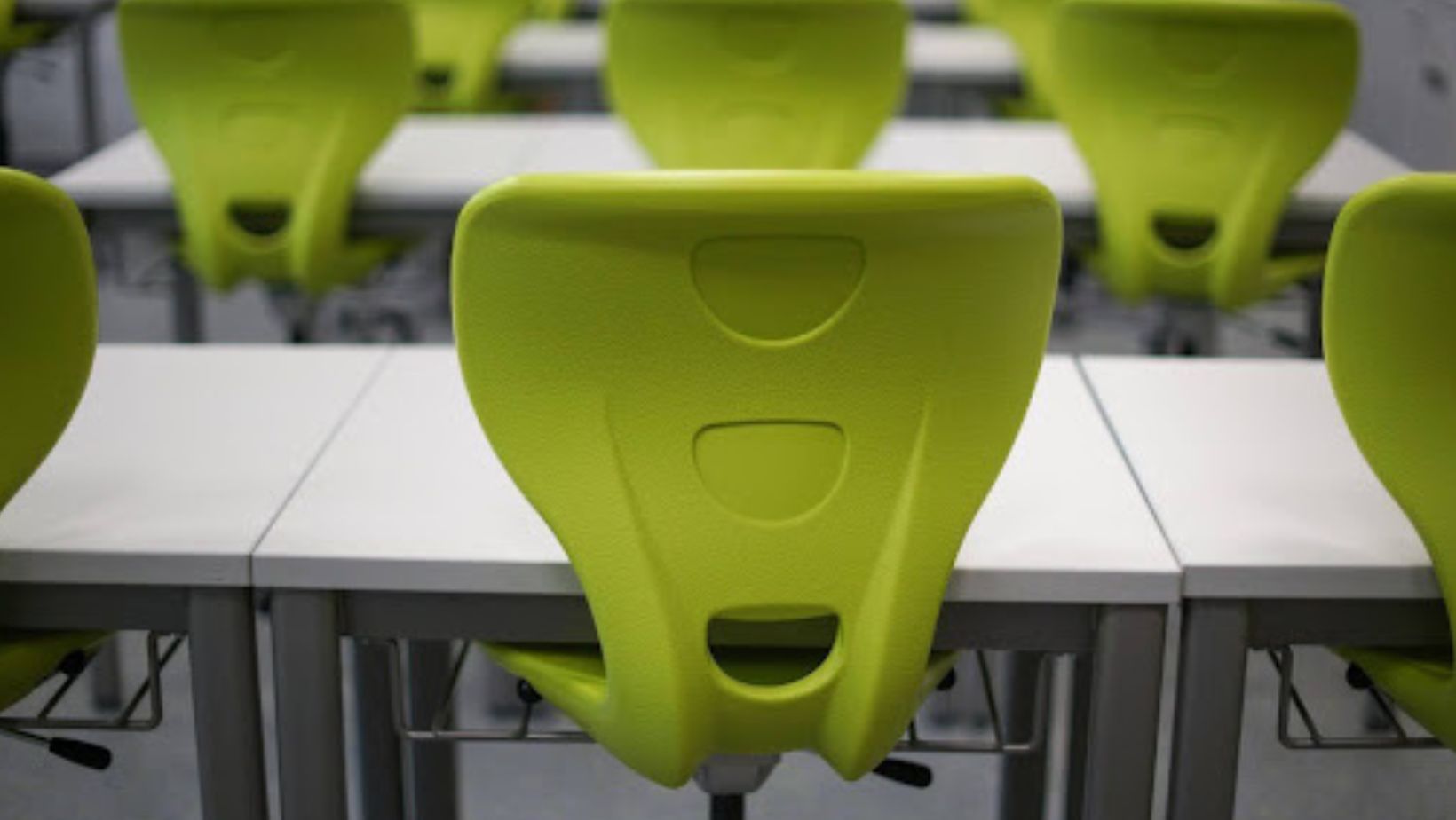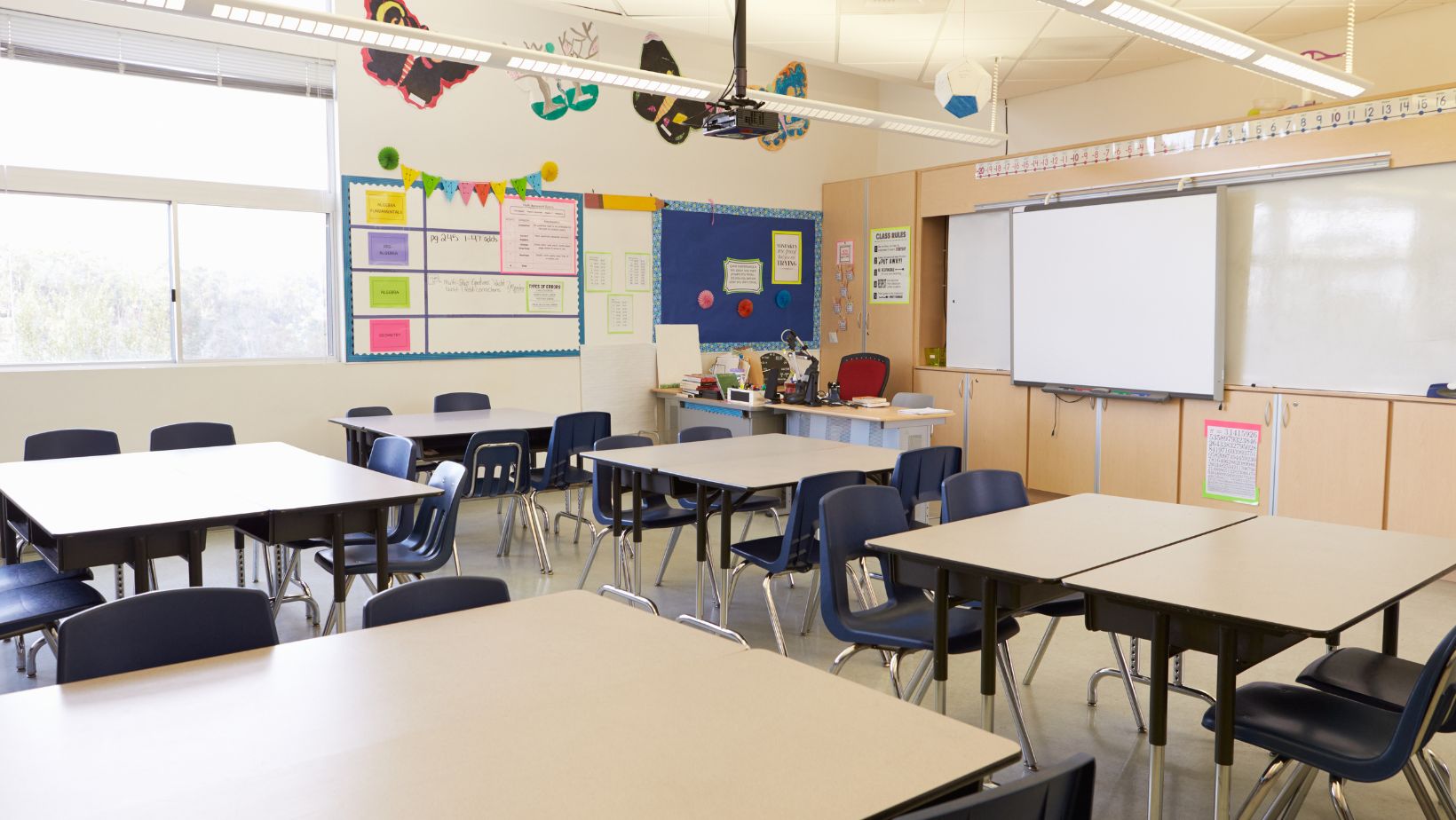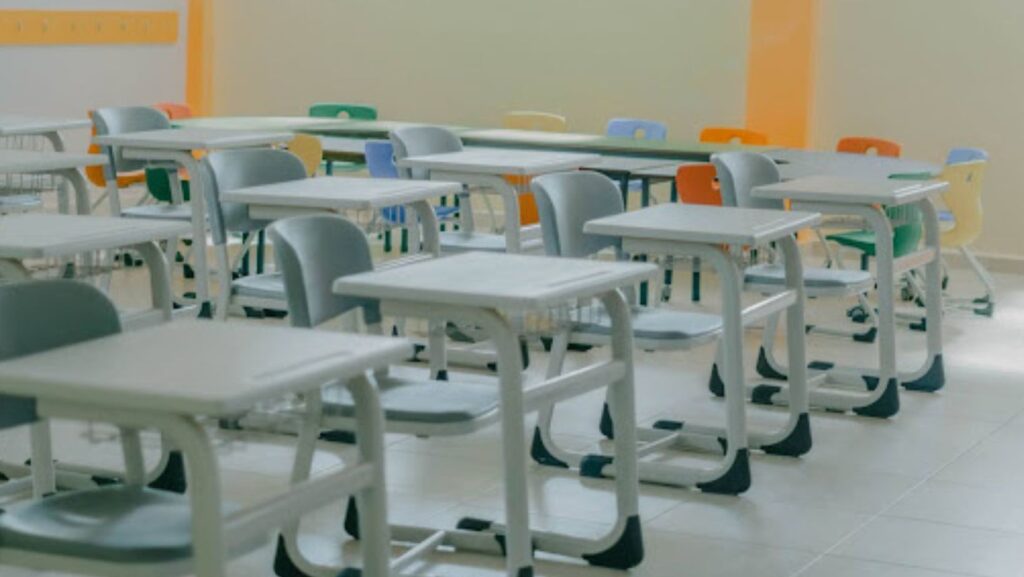Creating an effective learning environment goes beyond the curriculum; it also involves the physical space where students learn. Selecting the right furniture is a key component in maximizing this space. The right furniture can foster collaboration, enhance concentration, and accommodate various teaching styles. In this post, we’ll explore six practical tips for choosing school furniture that not only meets functional needs but also enhances the overall learning experience.
Understand the Space Requirements
Before selecting any furniture, assess the available space in your school. Measure classrooms, common areas, and other learning environments to understand how much room you have to work with. Consider how many students typically occupy these spaces and the activities that will take place. For instance, classrooms designed for lectures may benefit from traditional seating arrangements, while spaces meant for group projects could require flexible seating options.
When evaluating space, remember to account for movement. For instance, reliable exam desks and other furniture should allow for smooth movement throughout the space, particularly during emergencies. An effective layout promotes ease of access and fosters an inclusive atmosphere where students feel comfortable and engaged.
To optimize space further, consider storage solutions. Built-in cabinets or multifunctional furniture can help keep the classroom organized, allowing for a more streamlined learning environment. This can free up floor space, making the classroom feel more open and conducive to learning.
Focus on Flexibility
Flexibility is a significant factor when choosing school furniture. Modern classrooms often accommodate diverse learning styles and teaching methods. Furniture that can be easily rearranged or reconfigured allows teachers to adapt their classroom setups as needed.
Look for items like movable desks, stackable chairs, and modular seating arrangements. These options enable quick transitions from individual work to group collaboration, making it easier to create an engaging and dynamic learning environment. A flexible classroom layout encourages students to participate actively, which can enhance their overall learning experience.
For example, furniture that can be arranged in clusters promotes teamwork, while traditional rows may be more suitable for lectures. Teachers can experiment with different layouts depending on the lesson plan, allowing for greater engagement and interaction among students.
Prioritize Ergonomics
Ergonomics plays a significant role in student comfort and focus. Furniture that is not properly sized or designed can lead to physical discomfort, affecting concentration and engagement. When selecting desks and chairs, ensure they are adjustable to accommodate various body types and ages.

Consider options with adjustable heights for desks and chairs. This will help accommodate students of different sizes and promote good posture, reducing the risk of discomfort during long periods of sitting. Providing ergonomic furniture supports student health and creates an environment conducive to learning.
In addition, consider the materials used for cushioning and support in seating. Options with breathable fabrics and adequate lumbar support can enhance comfort levels during extended periods of sitting, which is particularly important during test-taking or long lectures.
Choose Durable Materials
School furniture endures a significant amount of wear and tear, making durability a key consideration. Selecting furniture made from robust materials will save costs in the long run, as it reduces the need for frequent replacements. Look for options constructed from high-quality wood, metal, or plastic that can withstand the rigors of daily use.
In addition to durability, consider the maintenance requirements of different materials. Some surfaces are easier to clean and maintain than others, which can be a practical consideration in busy school environments. Choosing furniture that is easy to care for will help maintain a clean and organized space, contributing to a more effective learning environment.
It can also be beneficial to choose environmentally friendly materials. Many manufacturers now offer sustainable options that are both durable and eco-conscious. This not only reduces the school’s carbon footprint but also teaches students about the importance of sustainability.
Foster Collaboration and Interaction
School furniture should encourage interaction among students. Collaborative learning is increasingly emphasized in modern education, and the right furniture can facilitate this process. Consider arranging desks and seating to promote group work and discussion.
Look for furniture that allows for easy communication and collaboration. Circular tables or semi-circular arrangements can promote interaction, while furniture with integrated technology can enhance learning opportunities. For example, desks that incorporate power outlets for laptops or tablets can support a tech-savvy classroom environment.

By fostering an environment where students can work together, you encourage peer learning and strengthen social skills. Group seating arrangements can also help teachers monitor group dynamics and provide real-time feedback, further enhancing the learning experience.
Reflect the School’s Identity
The furniture you choose should reflect the identity and values of your school. This includes considering color schemes, styles, and designs that align with the school’s mission and vision. A cohesive look can create a welcoming environment that resonates with students, staff, and the community.
Incorporating branding elements into the furniture can make spaces feel more personalized and connected to the school’s ethos. For instance, using school colors in furniture designs or incorporating the school logo into the decor can enhance school spirit and pride.
This sense of belonging can significantly enhance students’ emotional well-being, fostering a supportive atmosphere that nurtures their educational journey. When students feel a connection to their environment, they are more likely to engage actively in their learning. This emotional bond is important, as it encourages them to express themselves freely and take academic risks without the fear of judgment.
Choosing the right school furniture is a critical step in maximizing the learning environment. By understanding space requirements, prioritizing flexibility, focusing on ergonomics, selecting durable materials, fostering collaboration, and reflecting the school’s identity, educators can create a space that supports academic success and nurtures the overall well-being of students. As schools continue to evolve, thoughtful furniture choices will play a key role in shaping effective and engaging learning experiences. Investing time and resources in selecting the right furniture will ultimately yield lasting benefits for both students and educators. Creating a comfortable, functional, and inspiring environment can lead to enhanced learning outcomes, making the effort to choose wisely well worth it.
